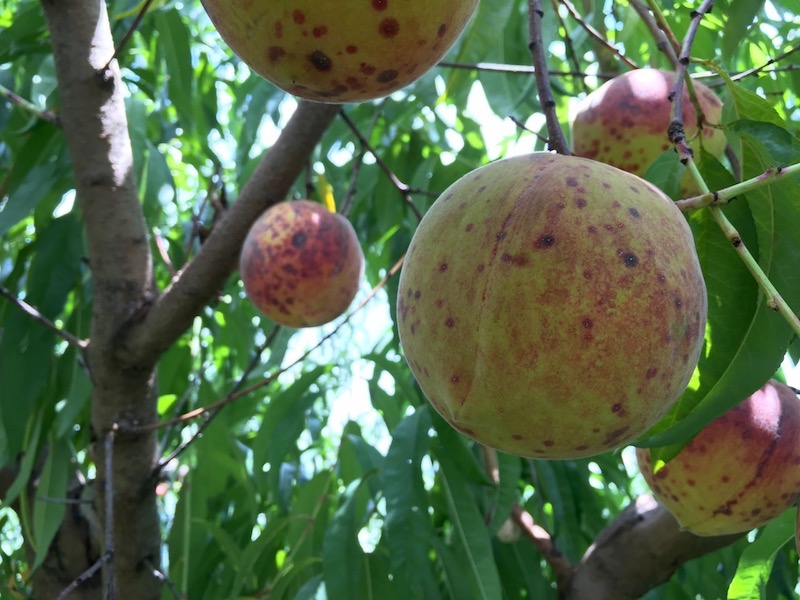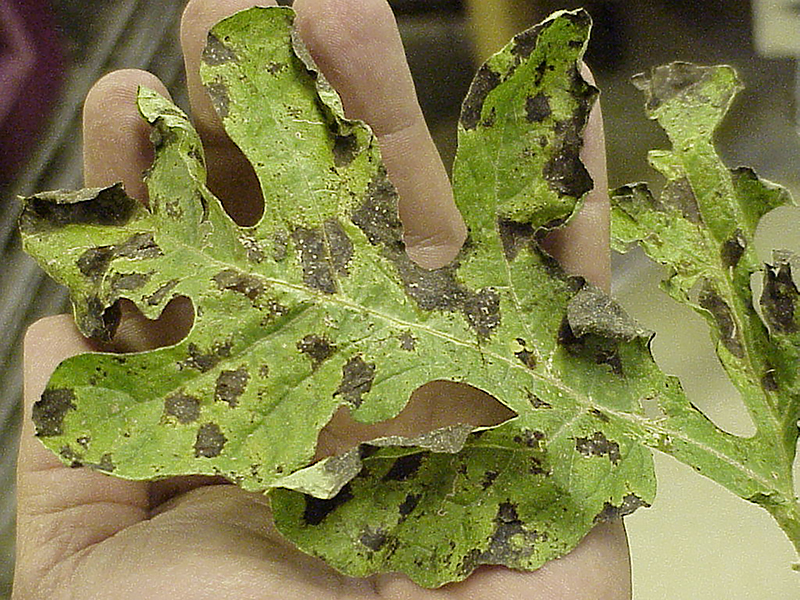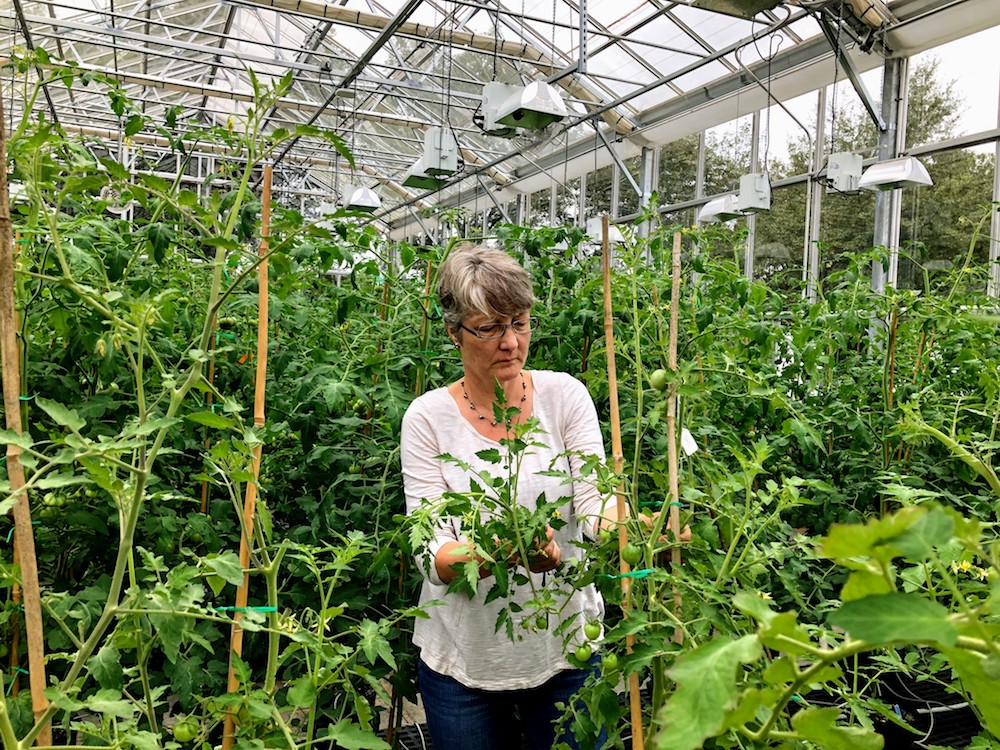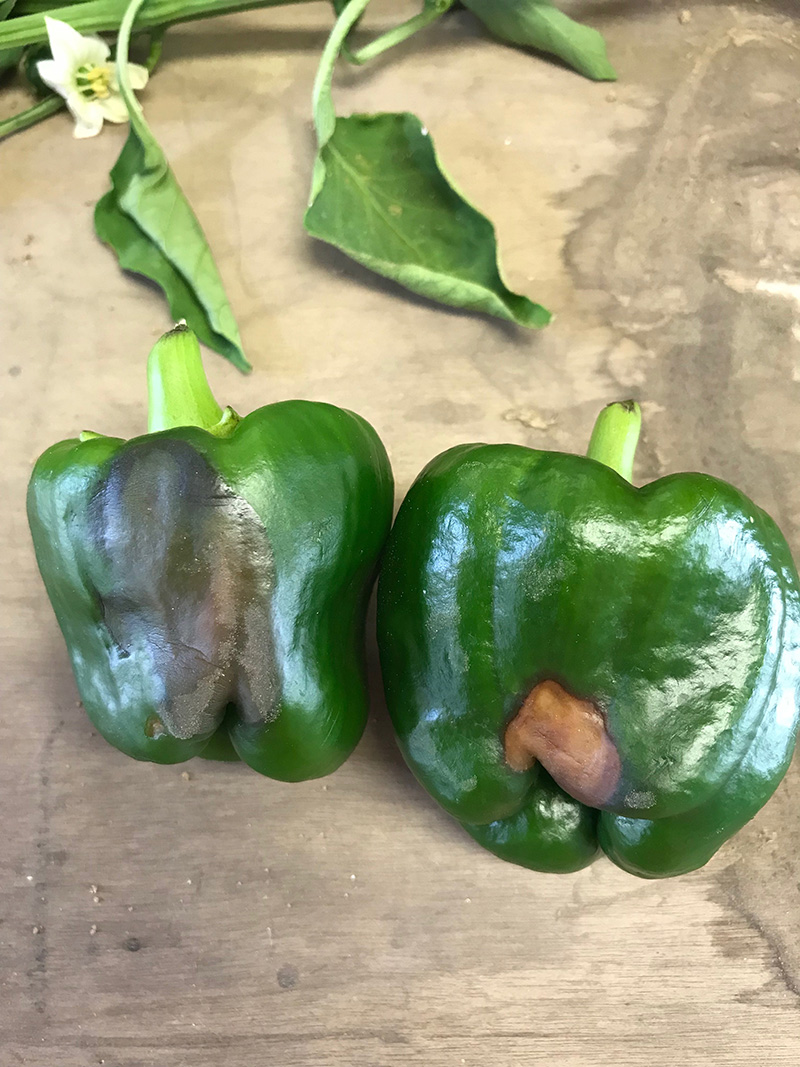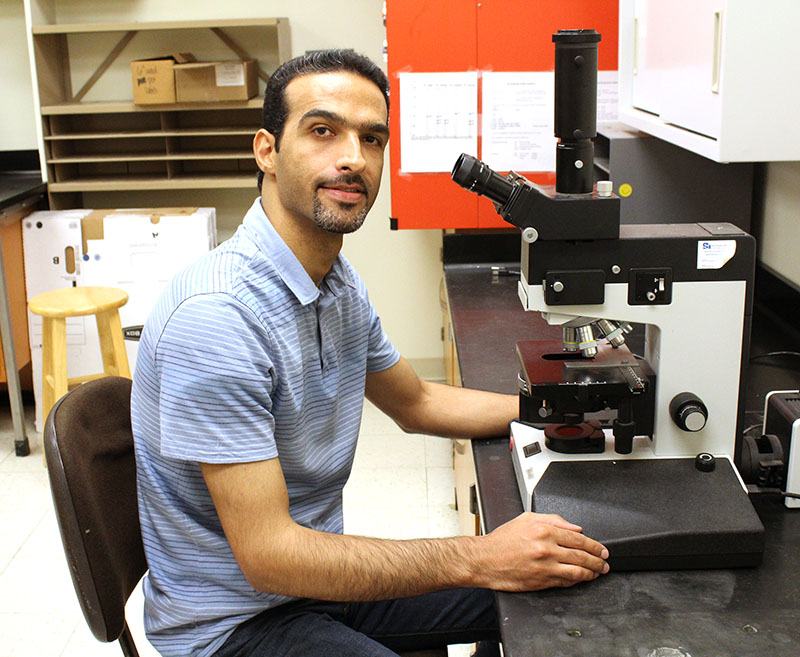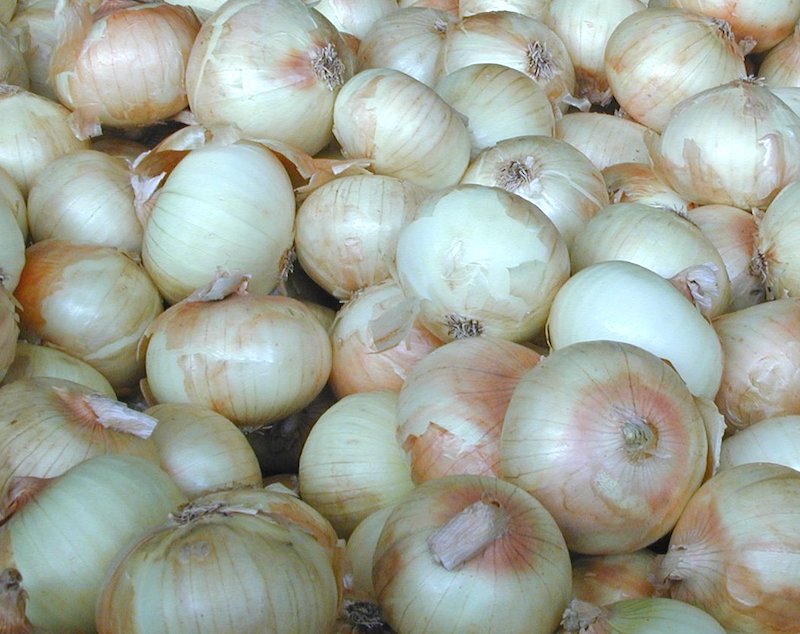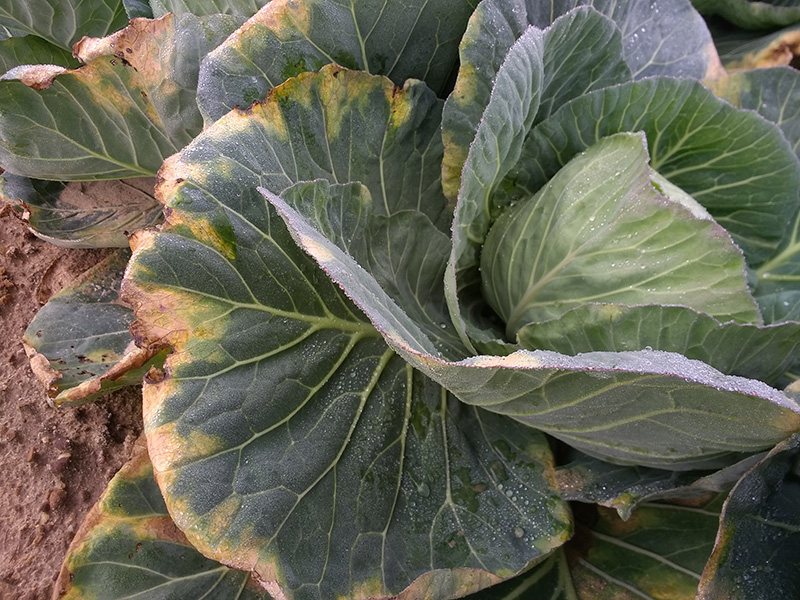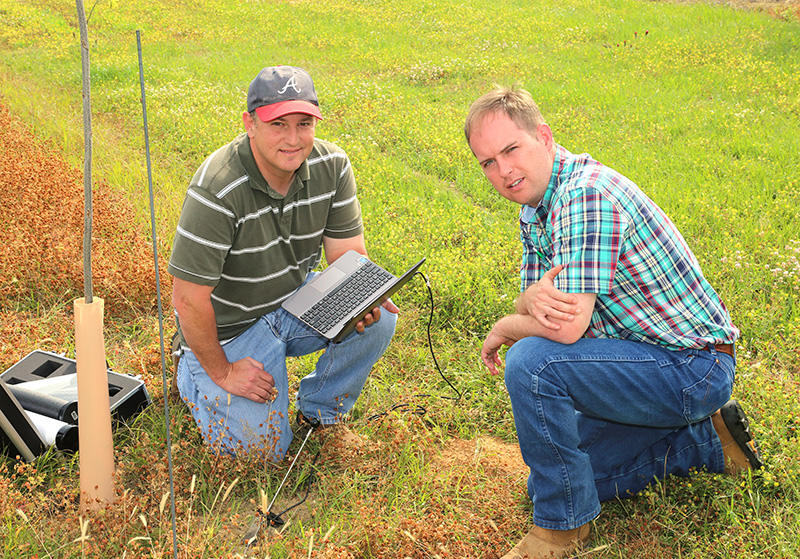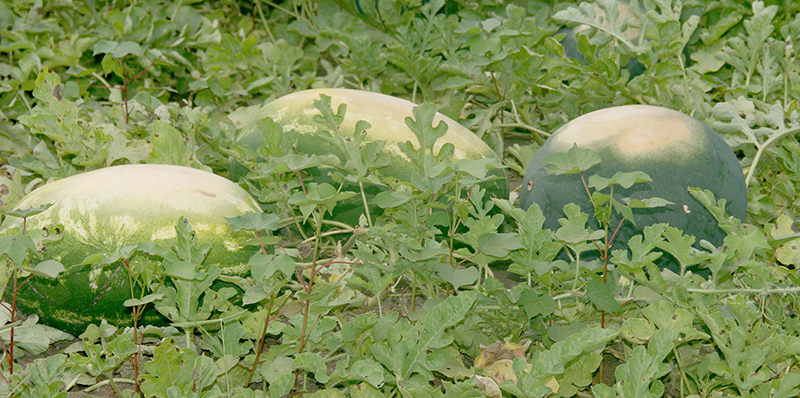 CAES News
CAES News
Sunscalding
Even with the welcomed rain Georgia farmers experienced this week, sunscalding on certain fruits and vegetables remains a concern as producers continue with this year’s harvest, according to University of Georgia Cooperative Extension vegetable specialist Andre da Silva.

